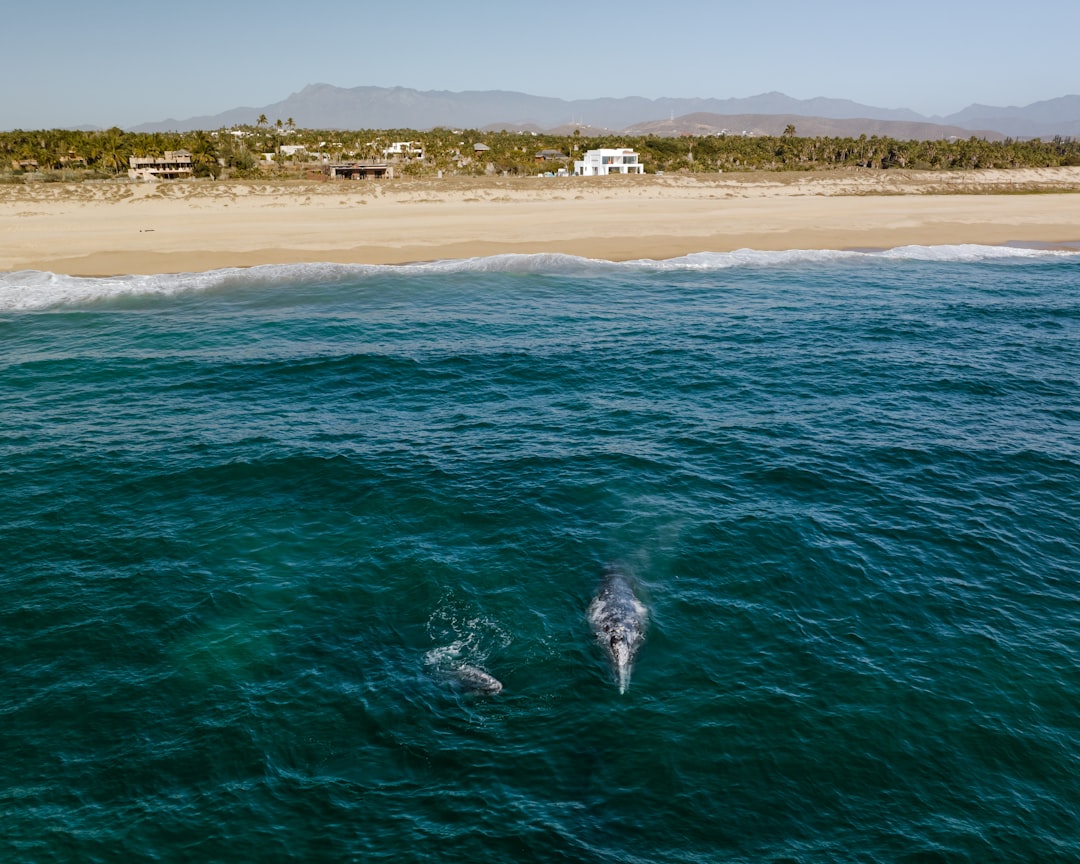Introduction
Antarctica, the southernmost continent on Earth, is known for its harsh and unforgiving conditions. Despite this, the continent has a rich history of human activity, including exploration, scientific research, and even commercial whaling. Despite being one of the world’s most remote and inhospitable regions, Antarctica was once a hub for a thriving industry: whaling. Let’s take a closer look at the untold story of Antarctica’s whaling industry and the impact it had on the region.
The Lost Story of Whaling in Antarctica: An Overview
Whaling in Antarctica has a long and controversial history. Beginning in the late 19th century, whaling companies from around the world began to exploit the vast populations of whales in the Southern Ocean. They hunted primarily for two species: the humpback and the blue whale. The whaling industry in Antarctica was extremely profitable, but it also had devastating consequences for whale populations.
By the mid-20th century, populations of humpback and blue whales had been severely depleted, and many other species were also in danger of extinction. The international community began to take notice of the impacts of whaling on whale populations, and in 1986 the International Whaling Commission (IWC) established a moratorium on commercial whaling. However, some countries, such as Japan, have continued to hunt whales for scientific research purposes, which has been a source of ongoing controversy.
Today, the legacy of whaling in Antarctica lives on. Many whale populations are still recovering from centuries of exploitation, and the effects of whaling on marine ecosystems are still being studied. The history of whaling in Antarctica serves as a reminder of the devastating impacts that human activities can have on the natural world, and the importance of conservation efforts to protect our planet’s biodiversity.
The Beginning of the Whaling Industry in Antarctica
The whaling industry in Antarctica began in the early 1900s and continued until the 1960s. During this time, thousands of whales were hunted and killed for their blubber, which was used to produce oil and other products. The industry was dominated by a few large companies, including Norwegian and British firms, who established whaling stations along the Antarctic coast.
For decades, whaling was a major industry around the world, and it was no different in the remote Southern Ocean. From the 19th century until the mid-20th century, whalers traveled to Antarctica to hunt for whale oil and other valuable resources, often enduring extreme conditions and dangers to do so. While the practice of whaling is now banned in most parts of the world, its legacy in Antarctica lives on, with abandoned stations and remnants of the industry still visible today.
The Impact of the Whaling Industry on Antarctic Wildlife
The whaling industry had a devastating impact on the population of whales in Antarctica. It is estimated that over 2 million whales were killed during the industry’s peak years, resulting in a severe decline in population numbers. This not only affected the whale species themselves, but also the entire Antarctic ecosystem, as whales play a crucial role in the food chain.
The impact of whaling in Antarctica was devastating, not only to the whale populations but to the entire marine ecosystem. The whaling industry caused a significant decline in the number of whales in the Southern Ocean, which in turn had a ripple effect on the food chain and other marine species. The removal of such a large number of whales also caused a shift in the distribution of phytoplankton, the base of the marine food chain, which had a lasting impact on the entire Antarctic ecosystem.
The End of the Whaling Industry in Antarctica
The whaling industry in Antarctica began to decline in the 1950s due to a combination of factors, including a decrease in whale populations, increased regulations, and the development of alternative sources of oil. In 1982, a global moratorium on commercial whaling was established by the International Whaling Commission, effectively ending the whaling industry in Antarctica and around the world.
Today, the remnants of the whaling industry in Antarctica can still be seen in the abandoned whaling stations along the coast. These stations, once bustling with activity, now serve as a haunting reminder of the destructive impact of human activity on the natural world. To this day, scientists are still studying the long-term effects of the whaling industry on the region and trying to determine how best to protect the remaining whale populations and their habitat.
Conclusion
The whaling industry in Antarctica may be a forgotten chapter in history, but its impact is still felt today. The depletion of whale populations and damage to the Antarctic ecosystem serves as a cautionary tale about the consequences of unchecked human activity. It is our responsibility to learn from the mistakes of the past and work towards a more sustainable future for ourselves and the natural world.


